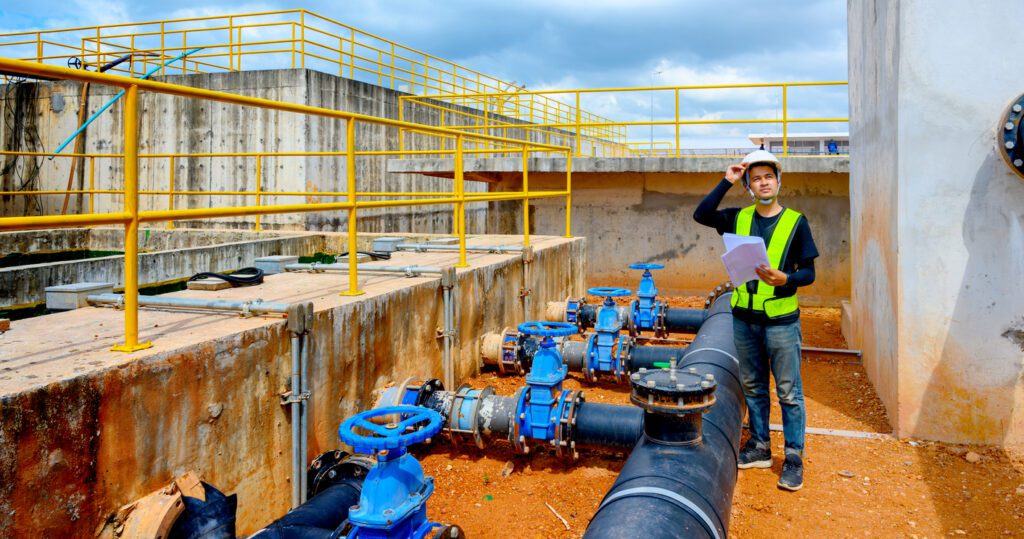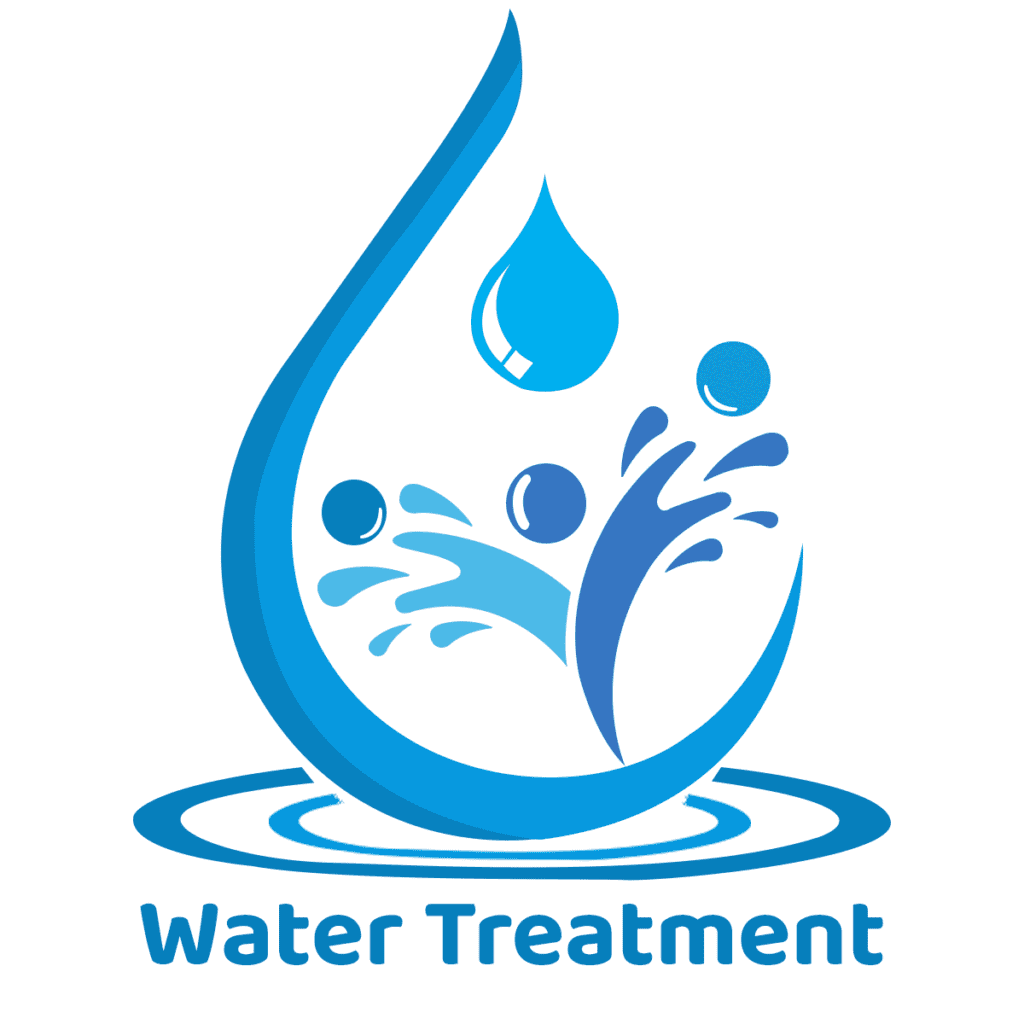Sewage Treatment Plants (STP)

Sewage Treatment Plants (STPs) are essential facilities designed to treat wastewater before it is released into the environment. These plants employ various processes to remove contaminants and ensure that the treated water meets specified quality standards for discharge or reuse.
Importance of STPs
STPs play a crucial role in protecting public health and the environment. They help to reduce pollution in water bodies by treating sewage and thus minimizing the effects of wastewater on aquatic ecosystems. Proper management of sewage also addresses issues related to water scarcity by allowing for the reuse of treated water in irrigation and industrial applications.
Treatment Processes
- Preliminary Treatment: This stage includes the screening of large debris followed by grit removal to prevent damage to downstream equipment.
- Primary Treatment: In this stage, physical processes like sedimentation are used to remove suspended solids and organic matter.
- Secondary Treatment: This biological treatment phase uses microorganisms to degrade dissolved and suspended organic matter. Common methods include activated sludge processes, aerated lagoons, and trickling filters.
- Tertiary Treatment: This advanced stage is aimed at removing remaining contaminants, including nutrients such as nitrogen and phosphorus. It may involve processes like filtration, chemical treatment, or biological nutrient removal.
Challenges Faced by STPs
- Aging Infrastructure: Many STPs are old and require upgrades to improve efficiency and capacity in response to growing urban populations.
- Pharmaceutical Contamination: The occurrence of pharmaceuticals in sewage is a growing concern, necessitating effective detection and removal methods.
- Antibiotic Resistance Genes (ARGs): STPs are key environments where ARGs can accumulate, presenting a potential risk for public health and the environment.
Innovations and Future Directions
The industry is moving toward more sustainable practices in wastewater treatment. Innovations such as bioreactor membrane (MBR) technology are being explored to enhance treatment efficiency and reduce environmental impacts. Moreover, integrating new sewage treatment technologies into urban settings promises to improve overall wastewater management practices.
Conclusion
Sewage Treatment Plants are vital for ensuring clean water and safeguarding public health. Ongoing advancements in treatment technologies and infrastructure improvements will be essential to cope with the growing demands for wastewater management in densely populated regions.
Sewage Treatment Plants (STP) are foundational to modern infrastructure, offering a safe, sustainable way to manage sewage and protect public health. As cities grow and water scarcity becomes a global concern, the role of STPs will only increase in importance. With a combination of innovative technologies and community support, these facilities will continue to provide clean water, conserve resources, and uphold environmental health. Working together, we can ensure a cleaner, healthier future for generations to come.
What is a Sewage Treatment Plant (STP)?
A Sewage Treatment Plant (STP) is a facility that treats and cleans wastewater, specifically sewage before it’s released back into the environment or reused. By using a combination of physical, biological, and chemical processes, STPs remove contaminants, pathogens, and harmful materials from the sewage. This treatment makes the water safe for discharge into rivers, lakes, or even for non-potable uses like irrigation and industrial processes.
Why Are Sewage Treatment Plants Important?
- Public Health Protection: Untreated sewage contains harmful pathogens that can cause waterborne diseases. STPs reduce the risk of outbreaks by eliminating these microorganisms, ensuring that water released into the environment won’t spread illness to communities and wildlife.
- Environmental Preservation: Raw sewage, if not properly treated, can pollute rivers, lakes, and oceans, damaging ecosystems and harming aquatic life. STPs remove harmful chemicals, excess nutrients, and organic waste, protecting water quality and preserving biodiversity.
- Water Reuse and Conservation: Treated sewage can be safely reused for non-drinking purposes, such as landscaping, agriculture, and industrial processes. This helps reduce the demand on freshwater resources and supports water conservation in areas facing water scarcity.
- Resource Recovery: Modern STPs are often designed to recover valuable resources, such as energy from biogas generated during treatment, as well as nutrients like nitrogen and phosphorus, which can be used in fertilizers. This approach not only minimizes waste but also promotes a circular economy.
How Do Sewage Treatment Plants Work?
The process of sewage treatment usually involves three main stages: primary treatment, secondary treatment, and tertiary treatment. Let’s take a look at how each of these stages works:
- Primary Treatment: The goal here is to remove large particles and solids. Sewage first passes through screens that filter out objects like plastic, rags, and other debris. Then, it moves into sedimentation tanks, where heavier solids settle to the bottom, forming sludge. This sludge is removed for further processing, while the remaining liquid progresses to the next stage.
- Secondary Treatment: In this stage, biological processes break down organic matter. Microorganisms, like bacteria, are added to consume organic pollutants in the sewage. Aeration tanks supply oxygen to boost microbial activity, ensuring that harmful organic compounds are broken down. By the end of secondary treatment, most contaminants have been removed.
- Tertiary Treatment: The final stage, tertiary treatment, focuses on refining the water to meet high safety standards. This stage may involve filtering the water through fine materials, such as sand or activated carbon, and disinfecting it with chlorine or ultraviolet light to eliminate any remaining pathogens. After tertiary treatment, the water is safe for discharge or reuse.
Innovations in Sewage Treatment
- Membrane Filtration: Membrane bioreactors (MBRs) are used to filter out even the smallest contaminants, providing a higher quality of treated water that’s suitable for reuse.
- Anaerobic Digestion: During this process, bacteria break down sludge in the absence of oxygen, producing biogas, which can be harnessed as a renewable energy source to power the plant or supply electricity.
- Nutrient Recovery Systems: Advanced STPs can capture nutrients like nitrogen and phosphorus from sewage, which can then be repurposed as agricultural fertilizers, promoting a more sustainable approach to waste management.
- AI and Automation: Sensors, data analytics, and artificial intelligence allow STPs to monitor water quality and optimize treatment processes, making them more efficient and adaptable to changing conditions.
Benefits of Using Sewage Treatment Plants
- Reduced Pollution: By treating sewage before releasing it into the environment, STPs significantly reduce water pollution, protecting aquatic life and ensuring cleaner water sources.
- Enhanced Community Health: With treated sewage, communities experience fewer waterborne diseases, contributing to a healthier population and lower healthcare costs.
- Support for Sustainable Development: Efficient sewage treatment supports sustainable development by enabling water reuse, resource recovery, and renewable energy generation, aligning with global sustainability goals.
- Improved Quality of Life: Clean water and a safer environment improve the quality of life for everyone, especially in urban areas where untreated sewage could otherwise compromise public health and natural beauty.
How You Can Support Sewage Treatment Efforts
- Be Mindful of What You Flush: Items like wipes, cotton swabs, and chemicals should never be flushed down the toilet. They can clog pipes and complicate the treatment process, so it’s best to dispose of them properly.
- Use Water Wisely: Conserving water helps reduce the amount of sewage that needs treatment. Simple actions like fixing leaks and using water-efficient fixtures make a difference.
- Limit Chemical Use: Household cleaners, paints, and medications can introduce harmful chemicals into the sewage system. Opt for eco-friendly alternatives when possible and properly dispose of hazardous waste.









